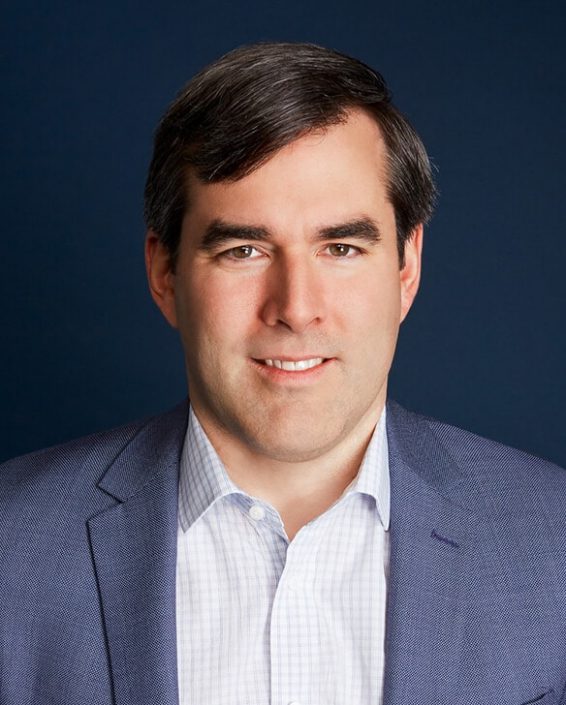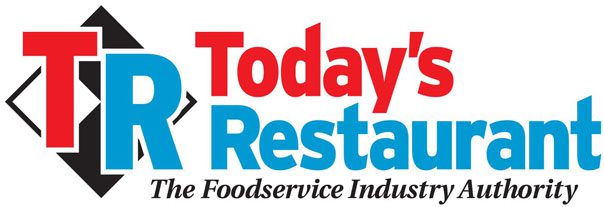
2022 Small Business Projections for the Hospitality Industry
By Ben Johnston, Chief Operating Officer of Kapitus
No industries faced greater challenges during the pandemic than hospitality and travel. While we expect COVID levels to decline in the U.S. during 2022, we see new travel preferences limiting growth for traditional players such as airlines, hotels and cruises. We expect some of our Covid vacationing habits to remain in 2022 such as driving (vs. flying), camping or staying in an Airbnb (vs. a hotel) and avoiding long, crowded trips (like cruises and other types of international travel). On the plus side, many long-delayed weddings will finally take place in 2022, bringing important revenue to caterers, florists and wedding venues.
It has also been a challenging two years for the restaurant industry but 2022 holds real promise for those who have thus-far survived the pandemic. Today’s restaurants are battle-hardened and flexible, able to handle both in-person and delivery while marketing themselves in new and creative ways. We expect COVID levels to decline this spring and to have less of an impact on consumer behavior in 2022 than it has in years past. Those restaurants still standing will experience reduced competition and an eager customer base waiting for them.
Challenges facing small businesses in the hospitality industry:
Inflation: The US inflation rate surged in 2021 led by the energy and automotive sectors. Other raw materials also surged during the summer months but then cooled as supply chain issues began to improve. While we expect inflation to remain higher in 2022 than the recent historical average, we believe that planned Federal Reserve rate hikes, increased investments in energy production and repairs to the supply chain will combine to cool inflation in the latter half of the year. Lower inflation is generally preferrable for small businesses which struggle to pass on higher costs of goods and labor to their customers without negatively impacting demand.
Small businesses should keep an eye on the Federal Reserve to gauge how aggressively it chooses to implement rate hikes as these actions could have a significant impact on consumer prices and economic growth in the coming year.
Everyone is grappling with inflation, which stems from underlying issues that are important to address. Certainly, coming out of the pandemic, demand has increased. But the supply of labor coming back into the market has not increased at the level required to meet that demand, which is ultimately creating wage inflation.
That’s especially difficult for seasonal businesses, and for businesses that require staff at nontraditional hours — and the hospitality industry has a lot of demand in those areas.
In addition to wage inflation, hotels and restaurants have faced real challenges getting a steady supply of the basic foods they need to provide their service, which has inflated the cost of goods. That is compounded by variable demand. The pandemic ebbs, and everyone rushes back. Then there’s a new spike, and suddenly demand fades away.
Supply Chain Normalization: We expect disruptions in the supply chain to improve but not fully return to normal in 2022. Lead times will come down for many products, especially those with fewer component parts and those manufactures in onshore or nearshore locations. However, we expect labor shortages to persist in 2022, causing strains on manufacturing as well as the trucking and logistics sector. We also expect backlogs in ports and on cargo ships around the world as pent-up demand continues to outstrip the supply of containers, ships and port-space. Covid spikes in China, which does not have mRNA vaccines and has less heard immunity than most western countries, could exacerbate existing problems in the global supply chain.
What can businesses do as they ramp up:
- Businesses need to be very attuned to how demand is changing coming out of the pandemic, and tailor their services and their future investments to meet the demand that they’re seeing — not the demand that they had in 2019.
- Try to be as flexible as you can around the number of staff that you require. It might not be possible for a hotel to offer all the amenities that required humans in the past. You might need to be prepared for more bare-bones service.
- When it comes to procurement and supply-chain issues, make sure you have a Plan B. Supply-chain disruptions will likely continue for months, if not for the rest of the year.
The small business economy has proven resilient over the last two years of unprecedented turmoil and change. We expect 2022 will bring a welcome sense of normalization as the virus dissipates, inflation weakens and some supply constraints are resolved. However, many uncertainties remain for America’s small businesses and we have no doubt that the coming year will prove as eventful and potentially more opportunistic than those of recent past.
About the Author:
Ben Johnston is the Chief Operating Officer of Kapitus, one of the most reliable and respected names in small business financing. Kapitus provides growth capital to small businesses and has provided over $3 billion to over 50,000 small businesses since 2006. Kapitus offers a number of loan products to small businesses, including SBA loans, revenue financing, equipment financing, cash-flow based factoring, revolving lines of credit and invoice factoring.
Read more articles about the industry at www.trnusa.com





Recent Comments